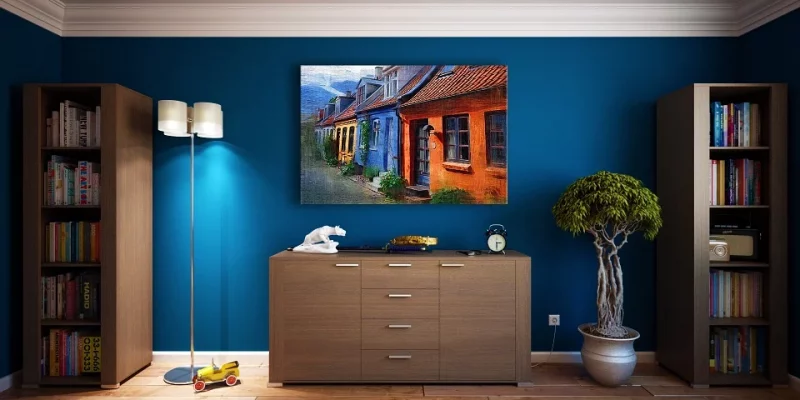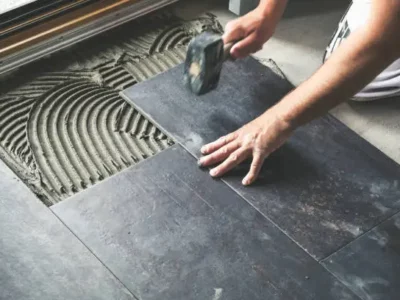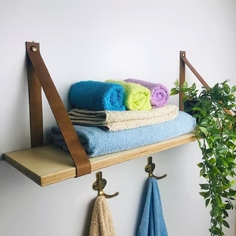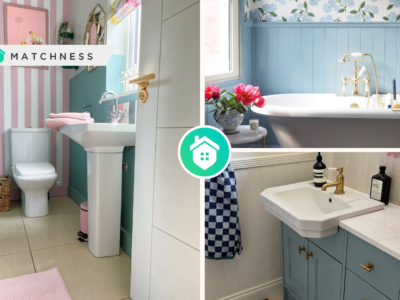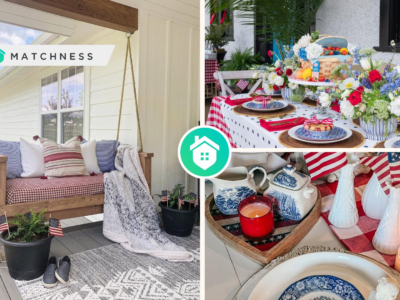There are quite a few things that you can do to make your house look better, such as installing hybrid vinyl flooring and reupholstering your couch. On the other hand, you can opt for repainting the walls!
It is one of the most manageable home improvement projects that you can undertake on your own, as it does not require any specialist skills. You just need to get your hands on the required tools and materials and get to work!
Unfortunately, there are a number of common mistakes that people tend to make when painting walls. If you want to avoid making the same mistakes, check out the rest of this article! Here, you will find a list of mistakes to avoid when painting the walls of your house!
Using the Wrong Tools for the Job
If you are painting the walls in your house, you will need to purchase paint rollers, brushes, and trays in addition to the paint itself. If you are in a rush and do not want to spend hundreds of dollars on the right tools, it might be tempting to use tools that are not meant to be used for painting walls, such as random brushes.
You should not do it, though! You may end up with streaks, drips, uneven coverage, and other problems that could have been avoided by using the right tools. The most important tool you will need is a roller, which will allow you to apply the paint evenly and smoothly.
Not Protecting Other Surfaces and Items from Paint
No matter how careful you may be while painting your walls, the paint is bound to drip on the floor and furniture. Because of that, it is important that you have a painter’s tarp on hand so that you can cover your furniture and rugs.
In some cases, however, the tarp is not going to be enough. For instance, if you have got a few valuable rugs on the floor, you should consider covering them with plastic. In some cases, covering the floor in the entirety of a room may be necessary, as some paints can damage certain types of flooring materials.
Painting on Unprepared Surfaces
When painting walls for the first time, many people tend to rush through the preparation process. This can be a costly mistake, as it will likely result in additional finishing work. If you plan on painting over wallpaper, it must be removed first.
The only exception is the case when you are replacing it with fresh wallpaper. For other surfaces, scrape them down before painting. If you are covering drywall, sand it down using a sander with 80-grit or higher sandpaper.
Not Using Primer
Some people think primers are only necessary if their walls are in very bad shape. However, primer is essential for painting your walls, as it ensures that the paint sticks to them properly. Without it, the paint may peel off or crack within a few months.
Painting on Wet or Dirty Surfaces
Never paint walls that are wet or dirty! It might mask serious problems that might cost you thousands of dollars in the future, such as mold and water damage. Instead, inspect your walls before painting and address potential issues as soon as possible.
Painting the Ceiling Last
Painting your ceiling last is a common mistake. If you do it, it is likely that you will drip some of the paint on the wall paint that you have just applied and ruin it. Instead, paint your ceiling first and, if need be, touch it up later.
When painting over ceilings that have texture, make sure to use a lighter touch at first and then apply more pressure as the coating becomes thicker. This will help you avoid leaving obvious brush marks!
Painting on Rotten Wood
If your walls are made of wood, and it has already started to rot, you should consider replacing the entire wall instead of painting it. Even if you get lucky and manage to cover the moldy wood with paint, it will not last very long, as the moisture present in the rotting wood will cause the paint to peel off.
The Bottom Line
To sum up, if you are planning on painting the walls in your house, you should put extra time and effort into preparing your walls. It will pay off in the long run by helping you avoid problems like streaking, uneven coverage, and paint peeling.
By following the advice in this article, you will be able to paint each room in your house within a few hours without any additional finishing work, which will save you money on additional coatings!
If you find yourself unable to complete the entirety of this home improvement project, hiring a professional painter to take care of it for you is always a viable option. It might be costly, but it is definitely worth it!


